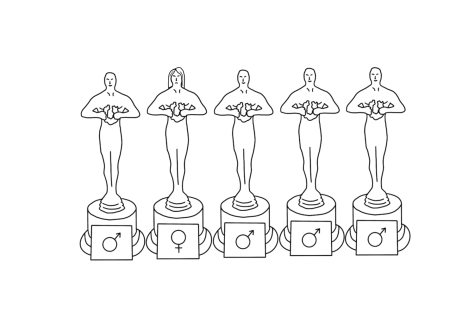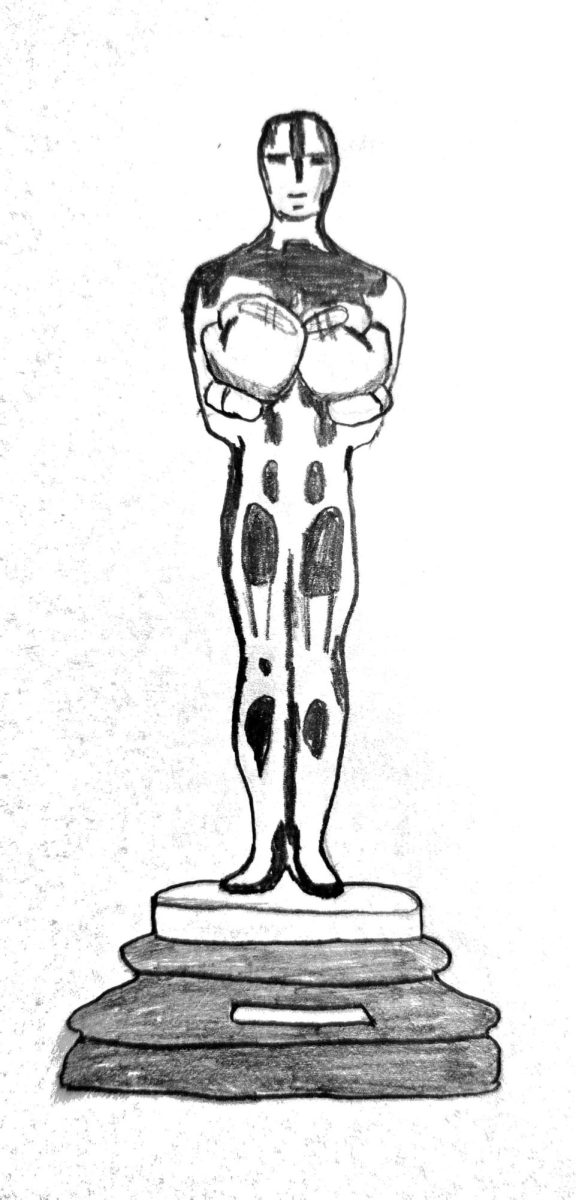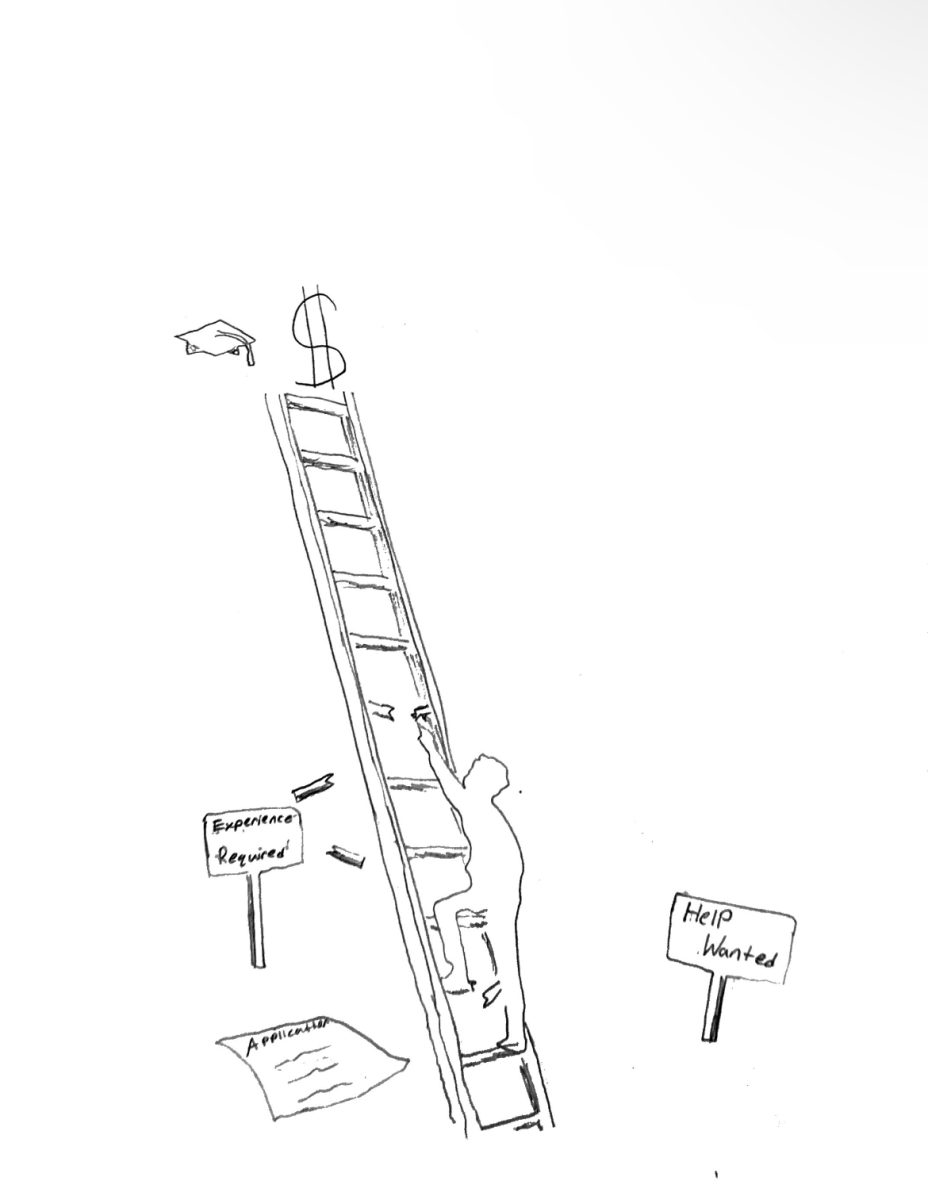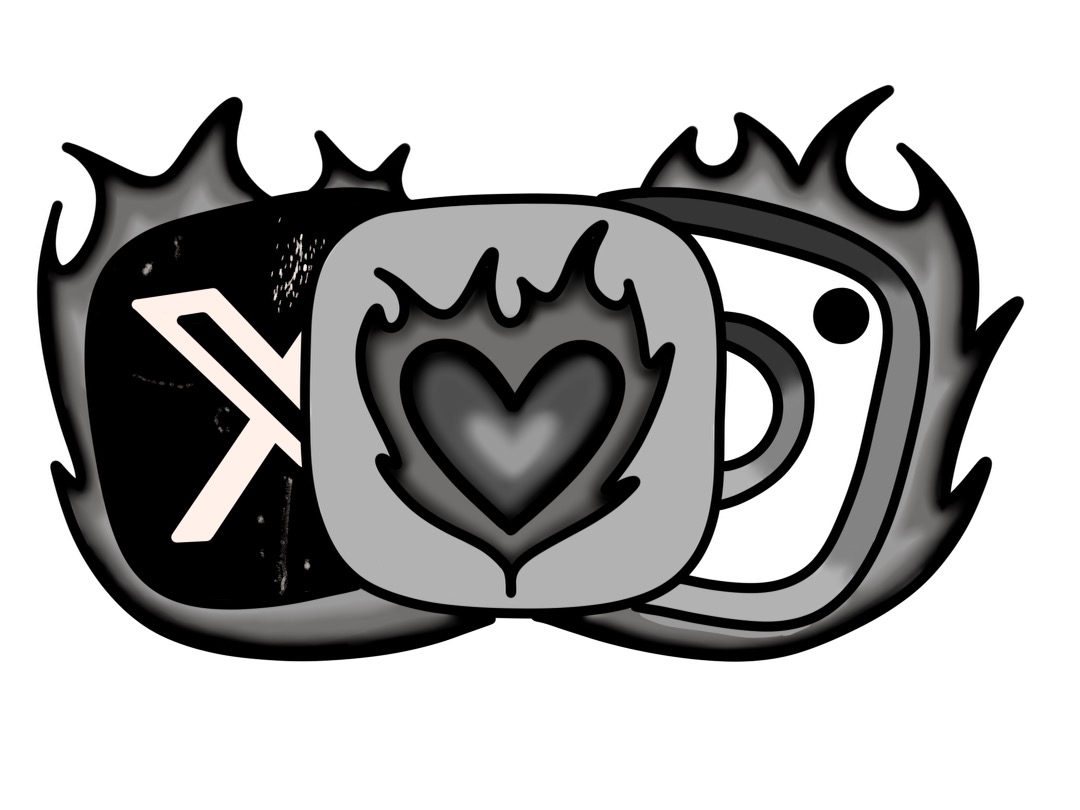As the 94th annual Academy Awards, better known as the “Oscars,” approach, movie fanatics around the world anticipate the results of their favorite nominees. However, behind the extravagant red carpet looks and luminescent gold statues lies the prevalent sexism and discrimination against women underlying the film industry. This year, women make up only 28 percent of Oscar nominees. With the lowest rate in three years, the failure to properly acknowledge women at the Oscars continuously echoes a trend in award shows and Hollywood itself.
Today, 80 percent of films do not have female representation at the highest production and directorial levels. Although this statistic is not particularly surprising, considering Hollywood’s traditionally male-dominated industry and biases, the absence of female figures demonstrates the need for more diverse representation. Gender balance needs to be guaranteed in film in order to ensure that women’s voices and perspectives are involved in the strategic decision-making processes of filmmaking. Additionally, women’s experiences need to be accurately portrayed through film to promote relatable content to female audiences.

Increasing gender equality in film ultimately begins with women in more prominent leadership roles. When women are actively involved behind the scenes and in production, most of the female representation takes place on screen. Although women make up 51 percent of movie watchers, their stories are consistently inaccurately portrayed or simplified. Both directorially and in screenwriting, women’s experiences need to be more accurately portrayed as relatable female narratives.
Unfortunately, the common perception in modern entertainment is that white men, who dominate the film industry, are the only ones who succeed at the box offices. Additionally, it is believed that they are the only professionals that actually produce in terms of sales. However, whether they’re actors, directors or screenwriters, these male figures are not the only ones who increase revenue. Assuming that no one will watch more accurate portrayals neglects the work of talented females within the film industry. Considering that women, who make up over half of moviegoers, statistically turn out for more female-centric movies, this perception is very misleading. Many also claim that there are male directors and producers who can still make great movies with female leads. Although there are men in directorial positions that strive to accurately showcase women’s experiences, the representation will not be recognizable until there are more women incorporated into all aspects of movie-making. Directors tell stories from their point of view, and if they are primarily men, women and girls will never see an accurate portrayal of their female experience.
Ultimately, women need to be provided more opportunities in the industry, as more is at stake than just ticket sales. According to a 2015 Forbes article, the issue of female inequity in Hollywood was so abundant that the American Civil Liberties Union (ACLU) called for an investigation into discrimination against female directors, specifically during the hiring process. This inequity translates to female stereotypes and inaccurate portrayal on-screen in which women are cast as damsels in distress across many films. In fact, over 40 percent of movies today still don’t pass the Bechdel Test, including movies like “The Avengers” and “Toy Story.” Created to measure female stereotypes and representation in the film industry, the Bechdel test requires that two named women talk to each other and discuss something other than a man. Although seemingly simple, a large proportion of those films that do not pass the test, and statistically have male-dominant production teams and casts.
Along with the lack of diversity behind the camera, the faces that we see on our screen are disproportionately white males. According to a 2017 New York Times article and University of Southern California (USC) study, when films employ female writers, the number of female characters in the movie is 50 percent higher, highlighting the importance of greater representation.
The 2022 Oscars, set for March 27, will be the 94th ceremony, nearing 100 years of the award show’s existence. Yet, in total, there have only ever been seven women nominated for best director, and even more upsettingly, only two have won. This year, only one woman was nominated for the category: Jane Campion for her film “Power of the Dog.” Campion is the first woman to receive two best director nominations, and although this demonstrates a step in the right direction, in most co-ed categories, women still only make up about one of the five nominees.
The proportion of female to male nominees at award shows further perpetuates the biases and harmful stereotypes present in modern films. Personally, I am tired of seeing women being portrayed as background figures or objects in a man’s story. Younger girls and teens need to see themselves accurately represented in the entertainment industry in order to combat the stereotypes and misconceptions that often make it past the final cuts.







